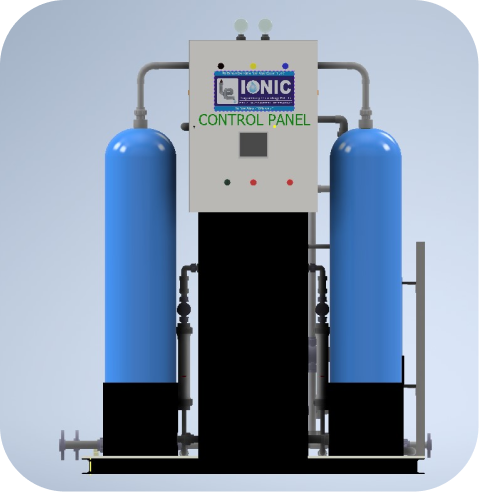Blog
Zero Liquid Discharge: A Sustainable Solution for Industrial Wastewater Management
Author: K. V. Raman
Published: 21/03/25, 09:50 am

Imagine a world where industrial wastewater isn't a problem to be disposed of, but a resource to be completely recycled. This isn't a distant dream—it's the reality of Zero Liquid Discharge (ZLD), a groundbreaking approach that's reshaping how industries manage water and environmental responsibility.
Understanding Zero Liquid Discharge: What Is It?
Zero Liquid Discharge is more than just a technical term—it's a comprehensive strategy that aims to eliminate liquid waste from industrial processes. The goal is simple yet revolutionary: recover and reuse every single drop of water, transforming wastewater from an environmental liability into a valuable resource.
Why ZLD Matters
Traditional industrial wastewater management often involves:
ZLD turns this model on its head by:
The ZLD Implementation Journey: A Detailed Roadmap
Implementing ZLD isn't a simple switch—it's a carefully planned transformation involving multiple sophisticated stages:
Phase 1: Understanding Your Wastewater
Before any treatment begins, comprehensive analysis is crucial:
Phase 2: Advanced Treatment Technologies
ZLD leverages cutting-edge technologies to purify and recover water:
Pretreatment
Filtration and Concentration
Evaporation and Crystallization
Phase 3: Pilot Testing and Validation
Before full-scale implementation, rigorous testing ensures:
Phase 4: Full-Scale Implementation
Comprehensive system integration includes:
Phase 5: Continuous Improvement
ZLD isn't a one-time project but an ongoing process of:
Economic and Environmental Benefits
ZLD isn't just environmentally responsible—it's economically smart:
Challenges and Considerations
While transformative, ZLD requires:
The Future of Industrial Water Management
Zero Liquid Discharge represents more than a technological solution—it's a paradigm shift. By treating wastewater as a resource rather than a waste product, industries can simultaneously solve environmental challenges and create economic opportunities.
Ready to explore how Zero Liquid Discharge can revolutionize your industrial water management? Our experts are prepared to guide you through a sustainable transformation.
